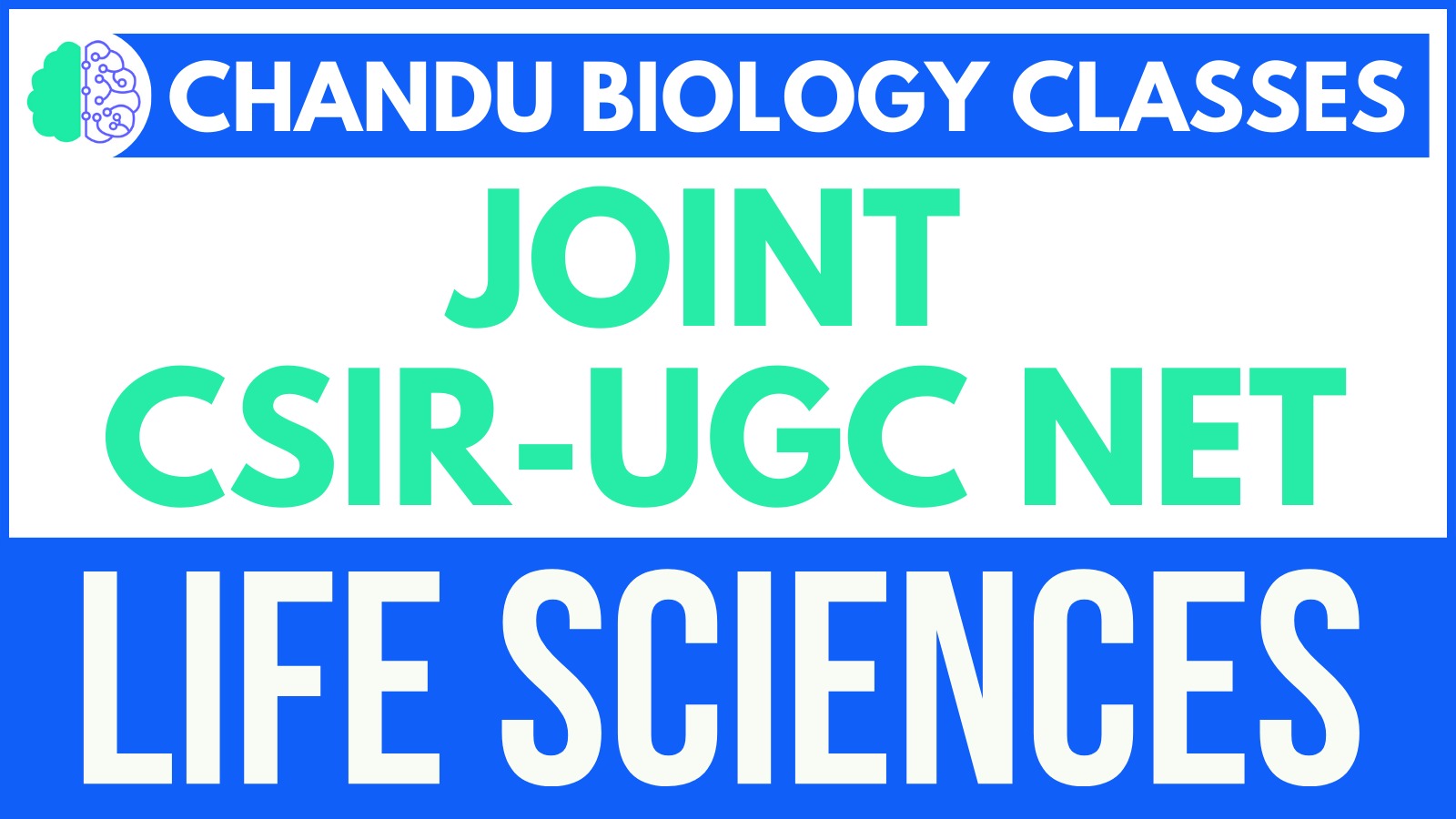The CSIR NET Life Sciences exam is one of the most competitive national-level exams for aspirants who wish to pursue research or lectureship in biological sciences. A well-structured study plan, high-quality notes, and expert coaching are essential to cracking this exam.
In this guide, we provide detailed CSIR NET Life Sciences notes covering all major topics. For structured preparation, Chandu Biology Classes is one of the best coaching institutes that provides expert guidance and high-quality study materials.
Introduction to CSIR NET Life Sciences
The CSIR NET Life Sciences exam is a prestigious test conducted by the Council of Scientific and Industrial Research (CSIR) to select candidates for Junior Research Fellowship (JRF) and Lectureship positions in India. It is one of the toughest exams for students who wish to pursue a career in research or academia in biological sciences.
Why is the CSIR NET Life Sciences Exam Important?
- It is a gateway to research fellowships in top laboratories and universities.
- Qualifying for JRF (Junior Research Fellowship) provides financial assistance for research work.
- Candidates who clear the Lectureship (LS) category can apply for teaching positions in colleges and universities.
Structure of the Exam
The CSIR NET Life Sciences paper is divided into three parts:
- Part A – General aptitude (logical reasoning, numerical ability, and data interpretation).
- Part B – Subject-specific questions covering fundamental concepts.
- Part C – Advanced and analytical questions that test research aptitude.
The paper is of 200 marks and consists of multiple-choice questions (MCQs) with negative markings.
Why is CSIR NET Life Sciences Challenging?
The CSIR NET Life Sciences exam is highly competitive due to the following reasons:
- Vast Syllabus – The syllabus covers various topics, from molecular biology to ecology.
- Conceptual Clarity is Essential – Many questions are application-based and require a deep understanding.
- High Competition – Thousands of students appear for limited seats.
- Time Management – Balancing preparation with revision is crucial.
Due to these challenges, proper study material, expert guidance, and a strategic approach are necessary to succeed.
Best Study Material for CSIR NET Life Sciences
Why is Structured Study Material Important?
- It helps in systematic learning.
- Saves time by providing concise explanations.
- Enhances retention and quick revision.
Recommended Books for CSIR NET Life Sciences
- Molecular Biology of the Cell – Alberts
- Lehninger Principles of Biochemistry – Nelson & Cox
- Developmental Biology – Gilbert
- Ecology: The Economy of Nature – Ricklefs
- Genetics: A Conceptual Approach – Pierce
Role of Coaching Institutes Like Chandu Biology Classes
Chandu Biology Classes is one of the best coaching centers for CSIR NET Life Sciences. They provide:
✔ Expert faculty guidance
✔ Comprehensive study materials
✔ Regular test series for self-assessment
✔ Doubt-solving sessions
Many students from Chandu Biology Classes have successfully qualified for the exam with top ranks.
Detailed CSIR NET Life Sciences Notes
Unit 1: Molecules and Their Interaction
- Structure of biomolecules (carbohydrates, proteins, lipids, nucleic acids).
- Enzyme kinetics and bioenergetics.
Unit 2: Cellular Organization
- Cell structure and function.
- Membrane transport and organelles.
Unit 3: Fundamental Processes
- DNA replication, transcription, and translation.
- Gene expression and regulation.
Unit 4: Cell Communication and Signaling
- Signal transduction pathways.
- Cell cycle regulation.
Unit 5: Developmental Biology
- Embryonic development.
- Differentiation and morphogenesis.
Unit 6: System Physiology – Animal
- Circulatory, nervous, and endocrine systems.
- Homeostasis and physiological regulation.
Unit 7: System Physiology – Plant
- Photosynthesis, respiration, and hormone regulation.
Unit 8: Inheritance Biology
- Mendelian genetics, linkage, and epistasis.
Unit 9: Diversity of Life Forms
- Taxonomy and classification.
Unit 10: Ecological Principles
- Ecosystem dynamics and conservation biology.
Unit 11: Evolution and Behavior
- Natural selection, genetic drift, and behavioral ecology.
Unit 12: Applied Biology
- Biotechnology and genetic engineering.
Unit 13: Methods in Biology
- Techniques in molecular biology and bioinformatics.
Role of Chandu Biology Classes in CSIR NET Preparation
- Expert Faculty – Experienced teachers who simplify difficult concepts.
- Comprehensive Notes – Well-structured materials covering the entire syllabus.
- Regular Mock Tests – Helps in time management and self-evaluation.
- Success Rate – Many students have cleared CSIR NET under their guidance.
Best way to prepare for CSIR-UGC NET Life Sciences!
MOST IMPORTANT TOPICS FOR NTA CSIR LIFE-SCIENCES
Unit – 1 : Molecules and their Interaction Relevant to Biology
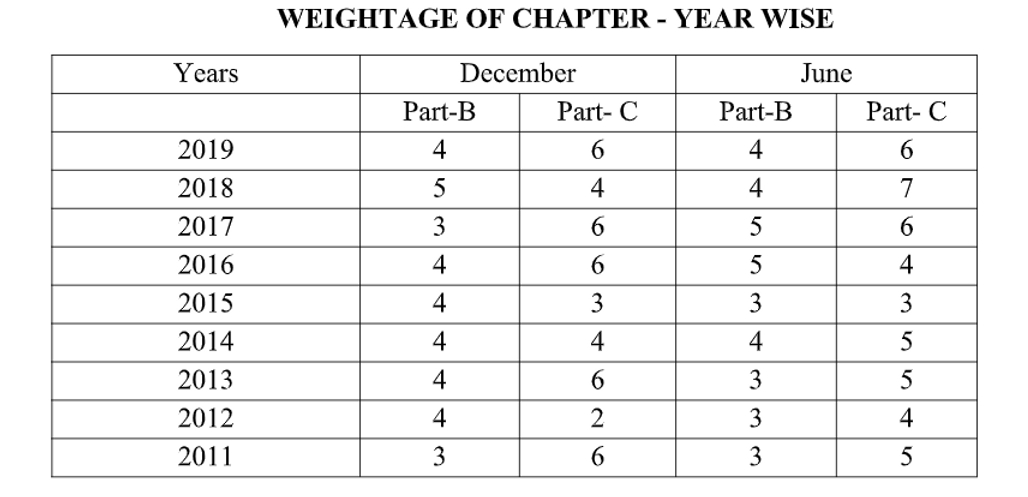
- The stabilizing interactions (Hydrogen bonding, Electrostatic interactions, Vander wall forces & Hydrophobic interactions) (often asked for 4 marks)
- Classification of Amino Acids, their structure especially based on R group, Numerical on isoelectric point & Pka values (often asked for both 2 & 4 marks)
- Ramachandran plot for different amino acids (often asked for both 2 & 4 marks)
- Protein folding thermodynamics, denaturation and biological function
- Enzyme kinetics (Must study topic) especially focus on graphs, inhibition processes, Michaelis Menten equation (often asked for both 2 & 4 marks)
- Cellular respiration (Without this concept there will be no CSIR LS paper) (Repeated more than 10 times). Mainly focus on Glycolysis, Krebs cycle, ETC & Oxidative phosphorylation, exclusively focus on enzymes regulating glycolysis and Krebs Cycle & Inhibitors of cellular respiration (often asked for both 2 & 4 marks)
- Chemistry of nucleic acids i.e., types of DNA (A, B & Z), Skeletal structure of Purines and pyrimidines (must study) (often asked for both 2 & 4 marks)
- β-oxidation of fatty acids, different types of lipids and bonds involved (often asked for 2 marks)
- Numerical problems on Thermodynamics (Must study) (often asked for both 2 & 4 marks)
Unit – 2 : Cellular Organization
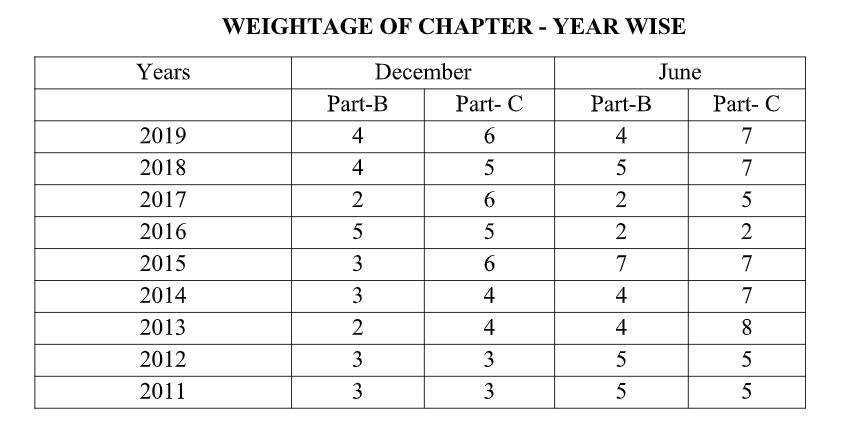
- Cell Membrane: Structure, composition & function. Types of Lipids, Proteins & carbohydrates embedded in plasma membrane and their functions. (often asked for both 2 & 4 marks)
- Functions of intracellular organelles like Golgi complex, Mitochondria, Peroxisomes, Lysosomes, Enzymatic contents of above organelles and diseases caused by deficiency of enzymes. (often asked for 4 marks, mostly matching questions will appear)
- Structure of Heterochromatin, Euchromatin and Transposons (Asked for 4 marks)
- Cell cycle regulation (CDK’s and CDC’s involved in G1, S, G2 and M phase) (Must study concept, often asked for 4 marks)
- Numerical and graphical based questions will be asked from microbial physiology (Mostly 4 marks)
Unit – 3 : Fundamental Processes

- Enzymes involved in initiation, elongation and termination of DNA
- Replication, Transcription and Translation. (often asked for both 2 and 4 marks).
- Antibiotics that block Replication, Transcription and Translation (Repeatedly questions asked from antibiotics blocking translation) (Mostly for 4 marks)
- Enzymes involved in DNA Replication of Prokaryotes and Eukaryotes
- (Types of DNA polymerases, DNA topoisomerase, SSBP and Ligase and their functions (Must study, often asked for both 2 and 4 marks)
- Name of the enzymes, their functions and their mechanism of action which are involved in MMR, NER, BER, DBR and Homologous recombination (Mostly for 4 marks, matching type question can be expected)
- Enzymes involved in transcription (RNA polymerase) and their functions.
- RNA Processing (Capping, Polyadenylation & Splicing (Simple splicing, Spliceosome mediated splicing and trans splicing) (Must study, often asked for4 marks).
- Three different types of RNA, structure, function and their site of synthesis (Must study, often asked for both 2 and 4 marks)
- Types of translation factors involved in initiation, elongation and Termination of Prokaryotes and Eukaryotes.
- Special Emphasis on Post Translational modification.
Unit -4 : Cell Communication and Cell Signaling
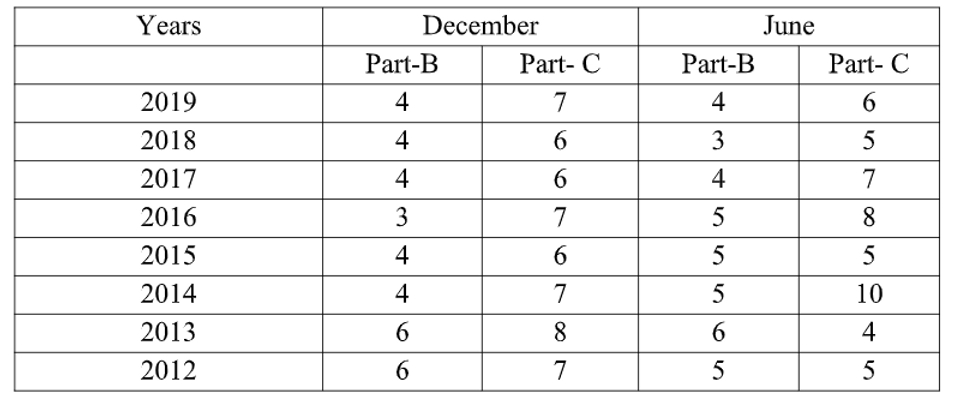

- Name of the pathogen, mode of transmission, disease caused by it and pathophysiology (Must study, simple and scoring concept and often asked for 4 marks mostly matching questions)
- Cell signaling pathways (little difficult concept but must study to score)
- Molecular mechanisms involved in GPCR, MAP KINASE , JACK- STAT, Insulin pathway, Hedge hog pathway, Wnt Signaling, Notch Delta, β- catenin pathways.
- List of all Secondary messenger (Cyclic AMP, Cyclic GMP, Calcium, IP3, NO) and their functions (Must study, often asked for both 2 and 4 marks)
- Cell communication: Various types of CAM molecules (Cadherin, Selectin, Integrin and Immunoglobulins like), their detailed structure, Functions and Calcium dependent or independent.
- Cell matrix interactions: Structure, Functions of Collagen, Keratin, Fibroin, Nidogen and Chondrin – Sulphate. (No CSIR paper without this concept often asked for 4 marks mostly matching questions)
- Cancer: One of the most promising concepts of CSIR paper (Must study)
- Definitions of Benign Tumor, malignant tumor, proto-oncogene, oncogene and tumor suppressor gene.
- Mechanism of angiogenesis and metastasis
- Special Emphasis on Genes like (P53, P21, P16 & PRB and their
- functions)
- Special note on anticancer drugs
- Immunology: (Huge syllabus to study but mainly focus on following topics) (Mostly 4 marks)
- Differences between innate and adaptive immunity
- Through knowledge of all WBC cells and their function
- Receptors of B cell and T cell (Toll like, Soluble receptor)
- MHC molecules, types and differences.
- Structure and function of 5 types of antibodies.
- Preparation of Monoclonal antibodies.
Unit – 5 : Developmental Biology
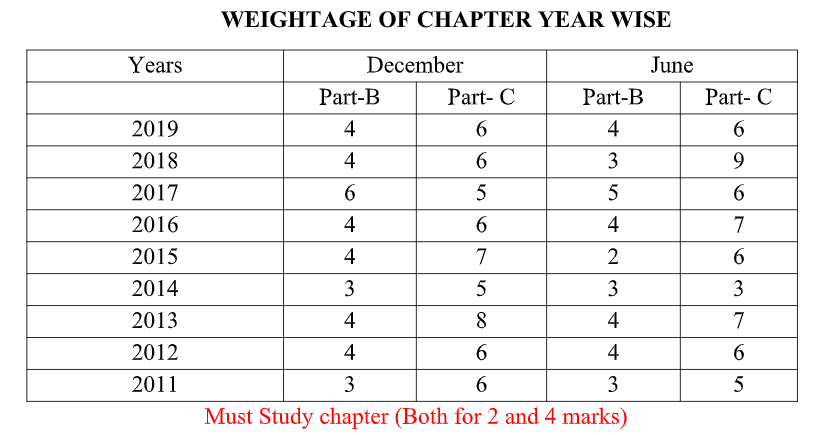
- Student should have through knowledge on basic concept like potency, commitment, specification (autonomous, conditional and regulative), induction, competence, determination and differentiation.
- Fertilization in model organisms like amphibians, Sea urchin ad mammals.
- Special emphasis on capacitation.
- Cleavage patterns, different types of Eggs in insects, Birds, Amphibians and Mammals.
- Vulva formation in Sea Elegance.
- Access formation in Sea Urchin.
- Special Emphasis on genes involved in gastrulation (Hunch back, Caudal, Noggin, β-catenin, Pair ruled genes, Homeotic genes, maternal genes and Zygotic genes.
- Eye lens induction in vertebrates.
- Plant ABC model in Arabidopsis thaliana
Unit – 6 : System Physiology – Plant


- PHOTOSYNTHESIS: Different type of pigments, inhibitors of ETC, CO 2 compensation point of C3 and C4 plants, Differences between cyclic and non-cyclic photophosphorylation
- Mineral nutrition (The topic is repeating from last 2 years) Name of the nutrient, Function (Co-factors) and their deficiency diseases
- Solute Transport: Mechanism of Cohesion- Tension theory, Bulk flow mechanism (Munch hypothesis), Detailed structure and function of Xylem and phloem.
- Plant Hormones: Site of synthesis precursors, Biosynthetic pathway and specific functions (Give importance to auxins, gibberellic and ABA)
- Special emphasis on signaling pathways of above hormones.
- Nitrogen metabolism: Type of free living and Symbiotic bacteria involved in Nitrogen fixation.
- Different types of Nodulin gene and Nod genes (common and host specified)
- Structure and functions of nitrogenase, nitrate reductase and nitrite reductase enzymes.
- Secondary Metabolites: Types, Biosynthetic pathway precursors and functions of terpenes, phenols (Flavonoids, Tannins) and nitrogen containing compounds (alkaloids, cyanogenic glycosides and glucosinolates).
- Sensory photobiology: Structure and functions of phytochrome, cryptochrome and phytotropins)
- Mechanism of photoperiodism (short day and long day plants)
- Special emphasis on Biological clocks.
Unit – 7 : System Physiology – Animal
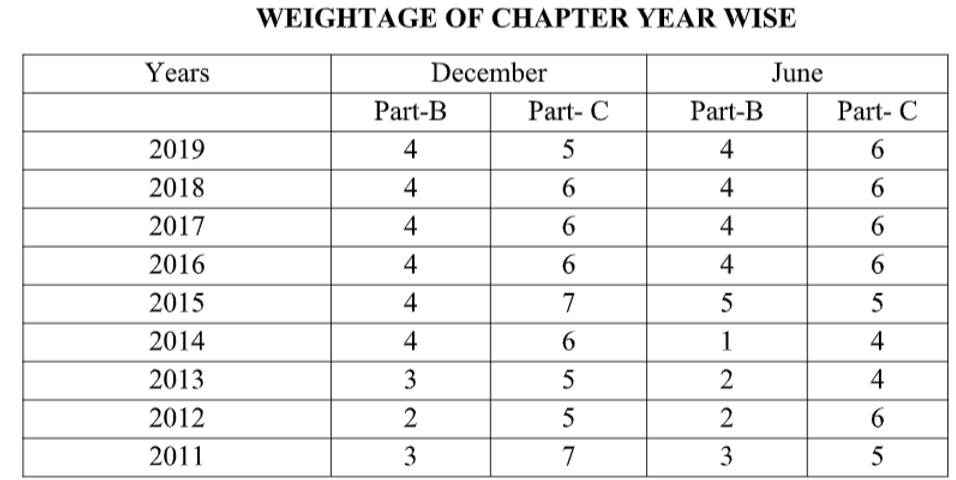
- Endocrine system: Name of the hormone, gland which it is secreted, their amino acid precursors and deficiency disorders. (Often asked for both 2 and 4 marks)
- Respiratory system: Mechanism of gaseous exchange, respiratory volumes (Tidal volume, IRV, ERV etc….) (part C question can be expected)
- Haemoglobin – oxygen dissociation curve.
- Cardiovascular system: Thorough knowledge of ECG (P, Q, R, S & T waves), cardiac cycle. (part B & C question can be expected)
- Nervous system: Resting membrane potential and action potential (Graphical questions), list of neurotransmitters and functions (part B & C question can be expected)
- Excretory system: Solutes, ions, and essential elements that reabsorbed in PCT, DCT and Loop of Henley
- Symporter and Antiporter present on PCT, DCT and Loop of Henley
- Counter current mechanism (part C question can be expected)
- Sense organ: structure and functions of inner parts of ear and eye (anatomical characteristics also)
- Digestive system: Composition of saliva, Intestinal juice, deficiency of vitamins and their disorders. (Part C matching questions can be expected)
Unit – 8 : Inheritance Biology
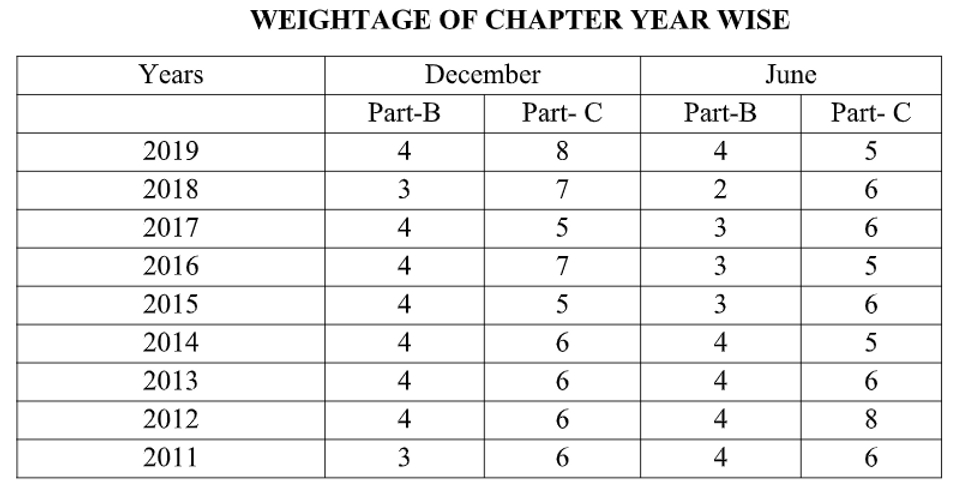
- Student should have basic knowledge on Mendelian principle (Dominance, segregation and Independent assortment) (part B & C question can be expected)
- Applicative knowledge on co-dominance, incomplete dominance, gene interactions and pleiotropy (part B & C question can be expected)
- Special emphasis on methods of genetic transfers (transformation, conjugation, transduction and sex duction) (part C question can be expected)
- Must study topics like Pedigree analysis, polygenic inheritance and QTL mapping (part C question can be expected)
- Types of Homologous and Non homologous recombination. (part C question can be expected).
- Through knowledge on chromosomal alterations (deletion, duplication, inversion) (part C question can be expected)
Unit – 9 : Diversity of Life Forms
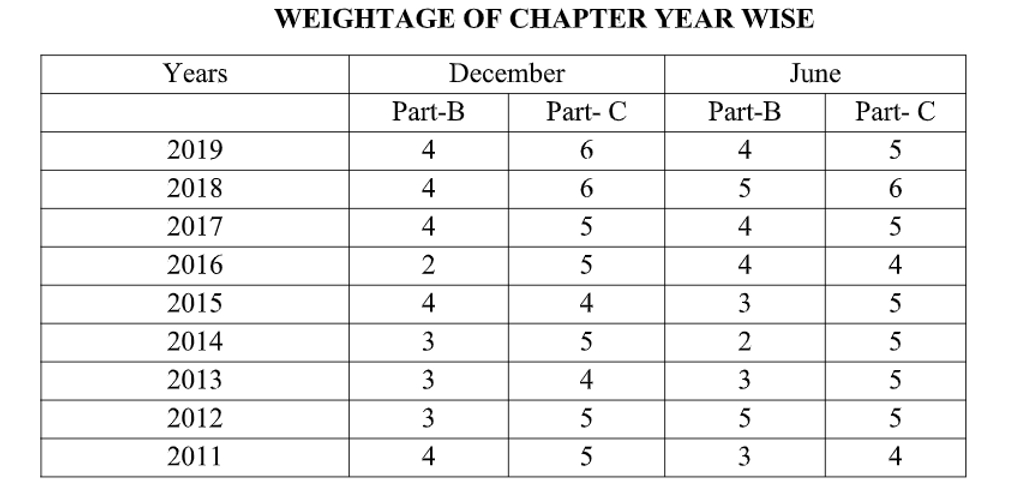
- Must study topics are phylogenetic tree, cladograms (Part C graphical questions)
- Surprisingly questions asked from NCERT based so student should have through knowledge of types, mode of nutrition, types of reproduction (vegetative, asexual and sexual) of Monera, Fungi, Plantae and Animalia. (part B & C question can be expected)
- Through knowledge of common parasites and pathogens of humans. (part B & C question can be expected)
- Rare, endangered species and their conservation strategies. (part B & C question can be expected)
Unit – 10 : Ecological Principles
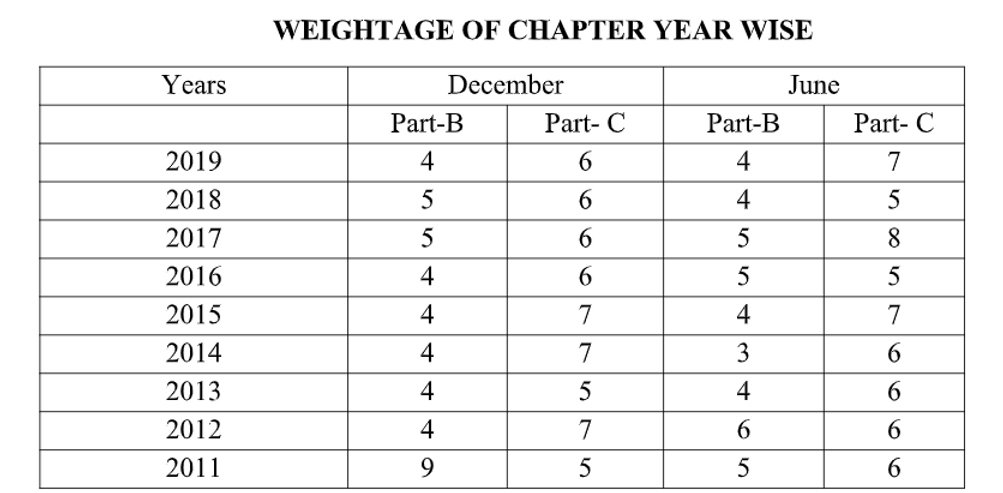
- Must study topic: Habitat and Niche (competitive exclusion principle or gause hypothesis) (part C question can be expected)
- Types of succession and their mechanism which are involved in the hydrosere, zerosere with examples. (part B & C question can be expected)
- Ecological rules: Allen’s rule, Gloger’s rule, Bergman’s rule. (part B question can be expected)
- Through knowledge on population ecology: Population density (mark recapture method, Types of dispersion (uniform, grouped and random), population growth curve, meta population, 3 types of survivorship curves and r and k selection. (2-part C question can be expected)
- Different types of community interaction (Symbiosis, commensalism, ammensalism, parasitism, competition and predation with example
- Must study topic: Lotka Volterra model of competition and predation (mostly graphical question can be expected) (part B & C question can be expected)
- Different type of pyramid (Energy, Biomass and number) in terrestrial, aquatic and grassland ecosystem (part B & C question can be expected)
- Definition of lentic and lotic ecosystem, gross primary productivity, net primary productivity, Eutrophication, biomagnification, bioremediation and phytoremediation Alpha diversity and Beta diversity with examples. (part B & C matching questions can be expected)
- I) Through knowledge on air pollution (Acid rain and Greenhouse effect (gases involved)), Water pollution (BOD, COD) (part B & C question can be expected)
- List of project tiger zones, National parks, sanctuaries and biosphere reserves. (part B & C question can be expected)
- Conservation status (Critically endangered, endangered, vulnerable, near threatened and least concern) of different organisms according to Red data book. (part C matching question can be expected)
Unit – 11 : Evolution and Behavior
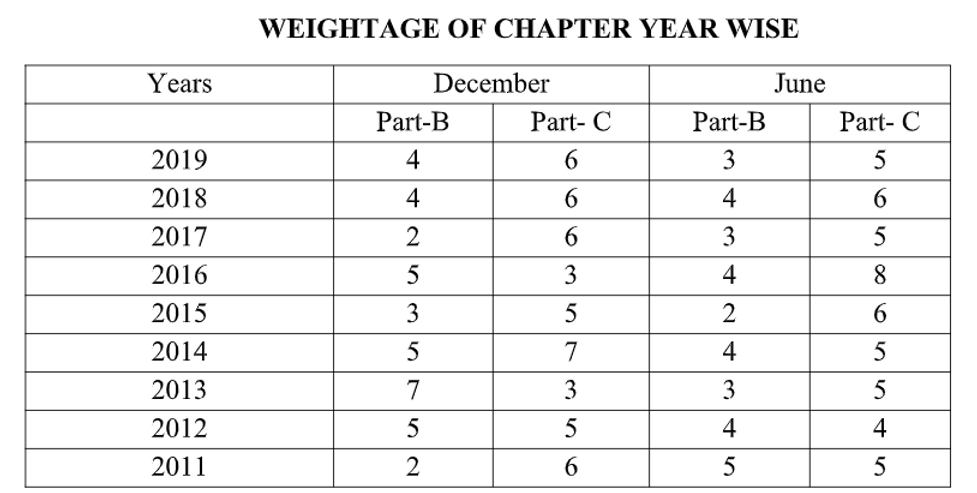
- Basic knowledge on theories of evolution (Lamarckism and Darwinism) (part B question can be expected)
- Experiments of Oparin and Haldane, experiment of Miller (part B question can be expected)
- Must study topic: Geological time scale (part C question can be expected)
- Phylogenetic tree, cladogram and Molecular clocks (part C question can be expected)
- Genetic drift (part C question can be expected)
- Definitions of convergent, divergent evolution, co evolution, adaptive radiation, homologous and analogous organs with examples. (part B & C question can be expected)
- Special emphasis on Hardy Weinberg principles. (part B & C question can be expected)
- Through knowledge on altruism, Kin selection and reciprocal altruism. (part B & C question can be expected)
Unit – 12 : Applied Biology
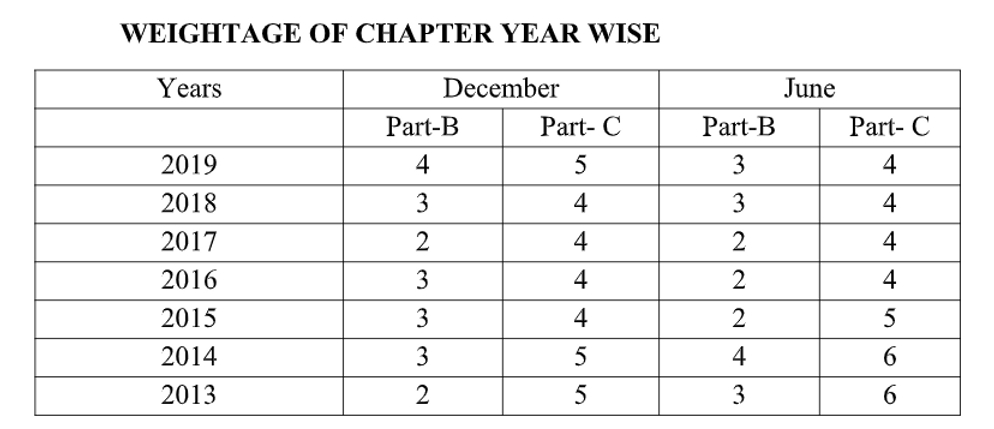

- Agrobacterium-mediated gene transfer process (part B & C matching questions can be expected)
- Types of vaccines (part B & C matching questions can be expected)
- Different tissue culture requirements for both plants and animals
- Gene therapy (part B)
- Various bioresources, and uses in biodiversity, bioremediation and phytoremediation, purpose and the different organisms involved. (part B & C matching and graphical questions can be expected)
- Biosensors are also sometimes asked.
- some experimental questions on marker-assisted selection breeding of qualitative and quantitative traits or for disease resistance in plant breeding.
Unit – 13 : Methods in Biology


- Statistical methods: regression and correlation: t-test, ANOVA, Chi- square test and Probability distribution (part B & C matching questions can be expected)
- Electrophysiological methods: Give importance to ECG, Brain activity recording, MRI and FMRI (part B & C questions can be expected)
- Microscopic techniques: Freeze-etch and Freeze fracture methods for EM (part B & C matching questions can be expected)
- Histochemical and Immunotechniques: Principles and applications of ELISA, RIA, Western Blot, Flow cytometry and FISH and GISH. (part B & C matching and graphical questions can be expected)
- Through knowledge on RFLP, RAPD and AFLP techniques. (part B & C matching and graphical questions can be expected)
- Biophysical methods: Principles and applications of UV, CD, NMR, ESR and X-ray diffraction. (part B & C matching and graphical questions can be expected)
- Different vectors used in rDNA technology (Plasmids, cosmids, phagemids, BAC and YAC). (part B & C matching and graphical questions can be expected)
- Isolation and purification of RNA and DNA (part B & C matching and graphical questions can be expected)
- Gene knockout experiments in bacteria and Eukaryotic organisms. (part B & C matching and graphical questions can be expected)
Conclusion
Cracking the CSIR NET Life Sciences exam requires dedicated preparation, structured notes, and expert guidance. Chandu Biology Classes provides an excellent coaching program with comprehensive study materials, regular tests, and expert mentorship to help aspirants achieve success.
FAQs on CSIR NET Life Sciences Preparation
Practice mock tests regularly and prioritize high-scoring sections.
How long does it take to prepare for CSIR NET Life Sciences?
Ideally, 6-12 months of focused study is required.
Are coaching classes necessary for CSIR NET Life Sciences?
While self-study is possible, coaching like Chandu Biology Classes provides structured guidance.
How to revise effectively for CSIR NET Life Sciences?
Use short notes, and flashcards, and solve previous year’s papers.
Is the CSIR NET Life Sciences exam tough?
Yes, but with the right strategy, it can be cracked.
What is the best way to manage time during the exam?

